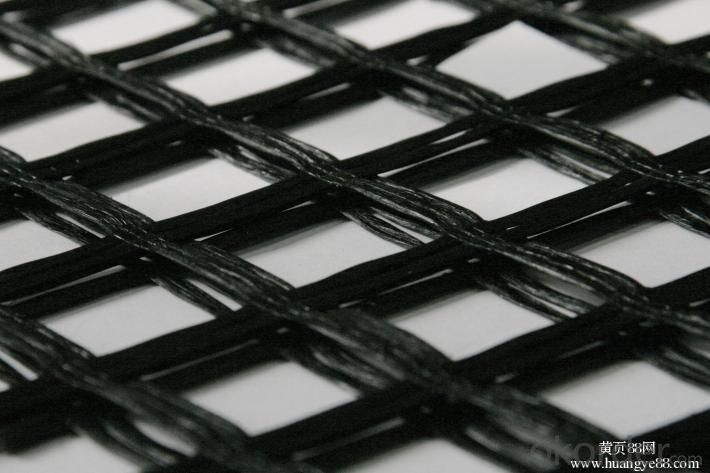- Understanding the Role of Geomembrane Liners in Waste Management
- Innovations in Geomembrane Liners for Water Management
- Geomembrane Liners: A Comprehensive Guide
- The Future of Geomembrane Liners in Civil Engineering
- Geomembrane Liners: Enhancing Landfill Stability
Manager:
WhatsApp:+86 177 0135 2670
Tel:+86 177 0135 2670
Email:marketing@okorder.com
Address:3rd Floor, No.2 Building, No.1 Sanlihe Road
HDPE Geomembranes: The Ideal Material for Ponds in Chemical Storage
Ponds in chemical storage facilities require a reliable and durable lining solution to prevent leakage and contamination. hdpe Geomembranes, or high-density polyethylene liners, are the perfect choice for this purpose. They offer a range of benefits that make them the ideal material for constructing chemical storage ponds. Let's dive into the reasons why HDPE geomembranes are the best option for your chemical storage pond needs.

Durability and Longevity
HDPE geomembranes are known for their exceptional durability and longevity. They are made from high-quality polyethylene, which is resistant to a wide range of chemicals, UV radiation, and temperature fluctuations. This means that they can withstand the harsh conditions often found in chemical storage facilities without degrading or breaking down. The longevity of HDPE geomembranes can save you time and money on maintenance and replacement costs in the long run.
Chemical Resistance
One of the most critical aspects of choosing a lining material for chemical storage ponds is its resistance to the chemicals that will be stored. HDPE geomembranes are highly resistant to a broad spectrum of chemicals, including acids, alkalis, and solvents. This ensures that the liner will not be compromised by the chemicals it comes into contact with, providing a secure barrier against leaks and contamination.
Low Permeability
Another essential feature of HDPE geomembranes is their low permeability. This means that they are virtually impermeable to liquids and gases, preventing any leakage from the pond into the surrounding environment. This is crucial for protecting the ecosystem and groundwater from potential contamination.
Ease of Installation
Installing HDPE geomembranes is relatively straightforward and can be done with minimal disruption to your chemical storage facility. They can be easily cut and shaped to fit the specific contours of your pond, ensuring a perfect fit and a secure seal. The seams of the geomembrane can be heat-welded, providing a strong and reliable bond that will not leak.
Cost-Effectiveness
While the initial investment for HDPE geomembranes may be higher than some other materials, their long-term cost-effectiveness is undeniable. The reduced need for maintenance and replacement, combined with their durability and performance, makes HDPE geomembranes a smart financial choice for your chemical storage pond project.
Environmental Impact
Lastly, it's worth considering the environmental impact of the materials you choose for your chemical storage pond. HDPE geomembranes are made from a single polymer, which means they can be fully recycled at the end of their service life. This reduces the environmental footprint of your chemical storage facility and contributes to a more sustainable approach to pond construction and management.
In conclusion, HDPE geomembranes offer a range of benefits that make them the ideal material for chemical storage ponds. Their durability, chemical resistance, low permeability, ease of installation, cost-effectiveness, and positive environmental impact make them a superior choice for protecting your facility and the environment. If you're considering a pond for your chemical storage needs, look no further than HDPE geomembranes for a reliable and long-lasting solution.
- Previous:HDPE Geomembranes: The Protective Layer for Ponds in Environmental Engineering
- Next:HDPE Geomembranes: The Solution for Ponds in Waste Storage






